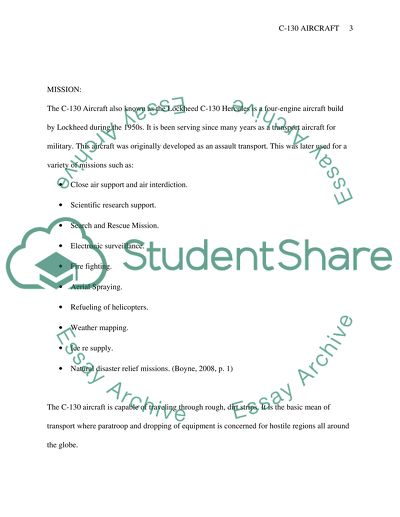Cite this document
(“C130 Aircraft Essay Example | Topics and Well Written Essays - 2000 words”, n.d.)
C130 Aircraft Essay Example | Topics and Well Written Essays - 2000 words. Retrieved from https://studentshare.org/miscellaneous/1517742-c130-aircraft
C130 Aircraft Essay Example | Topics and Well Written Essays - 2000 words. Retrieved from https://studentshare.org/miscellaneous/1517742-c130-aircraft
(C130 Aircraft Essay Example | Topics and Well Written Essays - 2000 Words)
C130 Aircraft Essay Example | Topics and Well Written Essays - 2000 Words. https://studentshare.org/miscellaneous/1517742-c130-aircraft.
C130 Aircraft Essay Example | Topics and Well Written Essays - 2000 Words. https://studentshare.org/miscellaneous/1517742-c130-aircraft.
“C130 Aircraft Essay Example | Topics and Well Written Essays - 2000 Words”, n.d. https://studentshare.org/miscellaneous/1517742-c130-aircraft.


